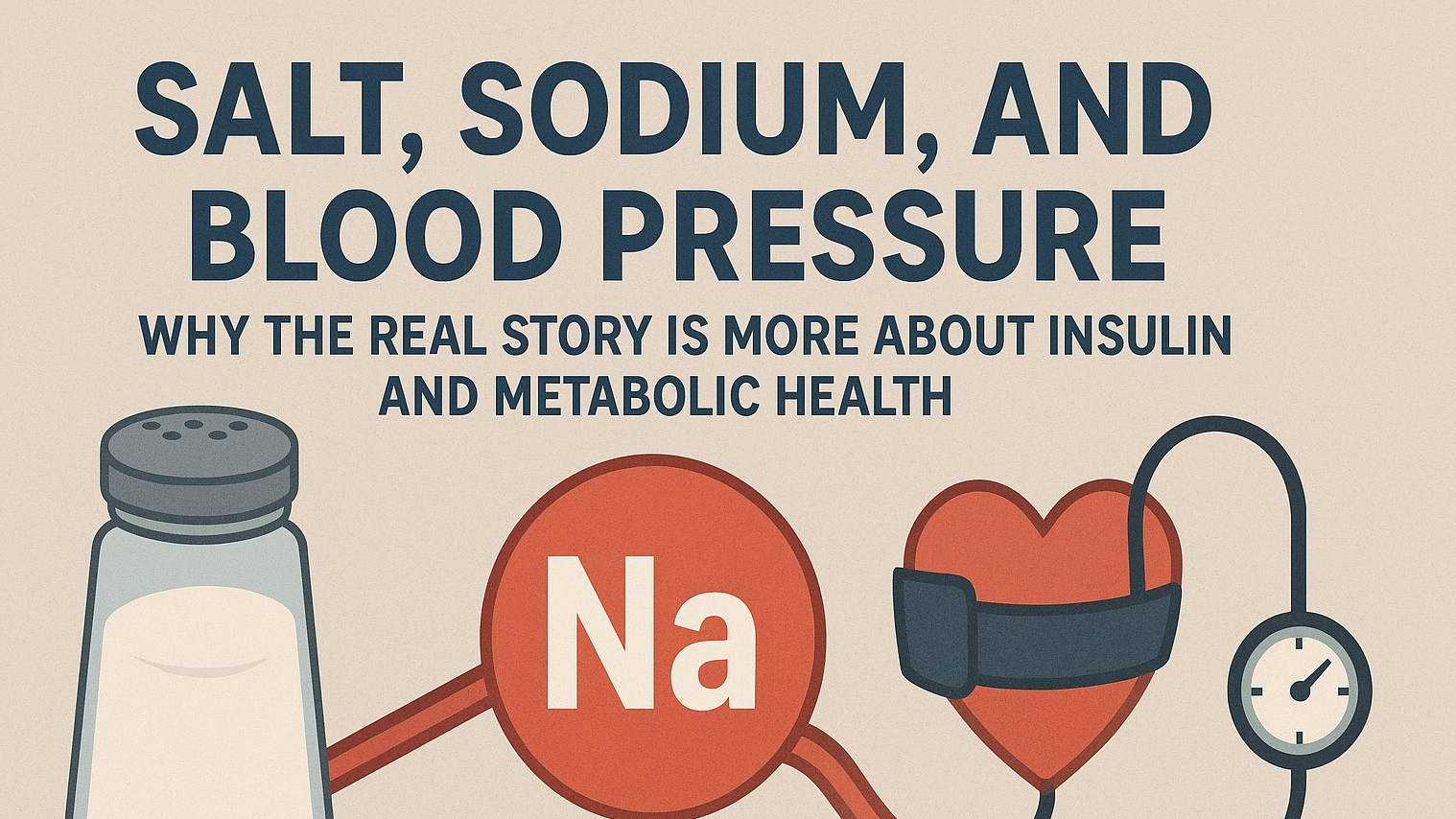
Functional Nutrition for Mental Wellness
Depression doesn’t discriminate. It spans continents, ages, and cultures—and it is now recognized as the leading cause of disability worldwide, according to the World Health Organization. With over 280 million people affected globally, it’s not just a mental health issue—it’s a human health crisis.
And yet, the stigma persists. In many societies, seeking help for depression is still seen as a sign of weakness. This cultural barrier often prevents people from speaking up, let alone accessing professional mental health services. Most individuals suffering in silence never see a doctor or therapist—let alone consider how their diet might be impacting their emotional well-being.
But that’s exactly where the conversation must go.
The Food-Mood Connection: Why What You Eat Matters
A growing body of research is uncovering the intricate connection between the gut and the brain. Known as the gut-brain axis, this two-way communication system reveals how what we feed our microbiome can significantly influence how we feel emotionally.
Let’s take a closer look at what the science tells us.
-
In a 2018 cross-sectional study of depressed college students:
30.3% regularly ate fried foods
49% consumed sweetened drinks
51.8% ate sugary foods 2–7 times a week
Women were even more susceptible to turning to unhealthy food when depressed. This is not just a matter of willpower—it’s a biological response to emotional discomfort and inflammation in the brain.
Sugar and highly processed foods aren’t just empty calories—they may be mood saboteurs.
Sugar, BDNF, and the Depressed Brain
Here’s what happens when we flood our system with sugar and refined carbohydrates: Blood glucose spikes. In turn, research shows this can lead to lower levels of brain-derived neurotrophic factor (BDNF)—a protein crucial for learning, memory, and emotional resilience.
Low BDNF levels have been consistently observed in people with depression, particularly in women. This may explain why diets high in added sugar, fried foods, trans fats, and artificial sweeteners are repeatedly linked to increased depressive symptoms.
So, What Should We Eat for a Happier Brain?
Functional nutrition offers an evidence-based, food-first approach to supporting mental health. While depression should always be approached with a comprehensive plan that includes therapy, sleep hygiene, exercise, and mindfulness, nutrition remains one of the most underutilized tools.
1. Omega-3 Fatty Acids
Fatty fish like wild salmon, sardines, and anchovies are rich in EPA and DHA, omega-3s shown to reduce inflammation and improve brain function. Plant-based options like chia seeds, seaweed, and walnuts offer ALA, a precursor to EPA and DHA.
2. Fermented Foods
The gut is home to trillions of bacteria that influence mood. Fermented foods help repopulate the gut with beneficial microbes:
Sauerkraut
Kefir
Kimchi
Miso
Low-sugar kombucha
These foods act like natural probiotics—restoring balance where imbalances may be driving anxiety or low mood.
3. Prebiotic-Rich Foods
Prebiotics feed your good bacteria. Add:
Garlic, onions, leeks
Asparagus
Oats
Bananas (slightly green)
They nourish your gut flora, which in turn communicates with your brain.
4. The Power of Turmeric
Curcumin, the active compound in turmeric, has demonstrated antidepressant effects in several clinical trials. A 2017 meta-analysis found it significantly more effective than placebo in reducing depressive symptoms. Enhance its absorption by combining it with black pepper.
5. Vitamins and Minerals That Support Mood
Vitamin B1, B9, B12 – Found in eggs, leafy greens, lentils, and animal proteins.
Magnesium – Present in avocados, nuts, seeds, legumes, and dark chocolate.
Zinc – High in oysters, beef, poultry, and pumpkin seeds.
-
Vitamin C – Essential for neurotransmitter synthesis. Rich sources include:
Red bell peppers
Citrus fruits
Broccoli
Strawberries
Brussels sprouts
Each of these nutrients plays a direct role in emotional regulation, neuroplasticity, and mental clarity.
Eating for Emotional Wellness: The Mediterranean Way
One of the most well-studied diets in mental health is the Mediterranean diet, rich in:
Seasonal fruits and vegetables
Whole grains
Nuts and seed
Legumes
Extra virgin olive oil
Low to moderate seafood and poultry
This anti-inflammatory, nutrient-dense eating style has been associated with lower rates of depression. Sweets, red meat, and processed foods are minimized. Spices and herbs (not salt) flavor the dishes, and meals are often enjoyed slowly, in community.
It’s not just about the food—it’s about the lifestyle.
Functional Nutrition Coaching: A Bridge to Better Mental Health
For individuals who aren’t ready or willing to engage in talk therapy—or those navigating undiagnosed symptoms—functional nutrition coaching can offer a compassionate, non-stigmatizing way to start the healing journey.
It’s important to note that nutrition is not a replacement for mental health care, especially in cases of:
Suicidal thoughts
Self-harm
Manic episodes
Psychosis
In these cases, immediate professional intervention is essential. But when appropriate, working with a certified health coach or functional nutritionist can empower clients to take ownership of their health through food, lifestyle, and gentle support.
The Final Word: Feed Your Brain, Nourish Your Life
Depression is a complex, multifactorial condition. But understanding the role of nutrition gives us something powerful: agency. Small dietary changes can serve as the first thread in unraveling the web of mood dysfunction.
If you're experiencing symptoms of low mood, consider starting with your plate. Add color. Add life. Add gut-loving, brain-boosting foods.
Because when we nourish the body, we give the mind a fighting chance.
 Add Row
Add Row  Add
Add 










Write A Comment